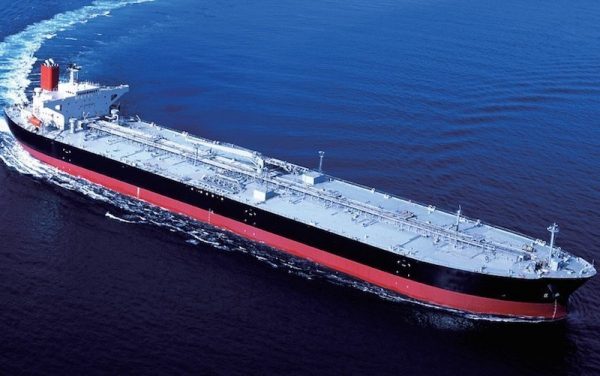Once Upon a Time
The United States was once upon a time energy independent and then Joe Biden was elected.

By Capital Thinking • Issue #1058 • View online
The Sticky Math Of Crude Oil Imports V Pipelines
Jeff Minch | The Musings of The Big Red Car:
Since then, it has become apparent that we need to find some new sources of crude oil particularly since we finally stopped funding the crude Putin War Machine by buying more than 600,000 barrels a day of his nasty Russian crude.
The Biden administration is reportedly looking in Venezuela and Iran to replace that crude which entails the reality that it will be shipped in oil tankers.
Maybe they should look in the United States since we sit on a gigantic reservoir of oil and gas ourselves?
Maybe we should re-invigorate the Keystone XL pipeline deal? Using domestic sources would preclude shipping costs and environmental impacts.
What is the environmental cost of importing oil via ship?
There is no alternative when importing oil than ships. Well, except for pipelines, trains, and trucks from Canada.

We currently export natural gas to Mexico to the south via pipelines, but we do not import crude oil from Mexico to the United States via pipeline.
We have more than 70 oil and gas pipelines crossing the US – Canada border. Of these, 31 are for crude oil and 39 are for natural gas. In addition, there are 16 pipelines transporting other products and there are 15 pipelines deactivated, decommissioned, or built but not operating.
The Keystone XL pipeline, which Joe Biden poleaxed his first week in office, was to provide 900,000 barrels a day, but, alas, it is a dead duck. Unwise decision, say many as it would have allowed the US to preclude Putin War Machine crude oil imports.
As an aside, a natural gas pipeline operates at 1000 psi and is pressurized by a series of engines – jet engines – that use the transported natural gas to run. Crude oil pipelines operate at 600 psi and are pressurized by electric pumps.
So, back to the environmental cost of shipping oil.
Where’s the sticky math, Big Red Car?
OK, here it is.
1. When you ship oil in an oil tanker, you stream pollution to sail across the ocean from a foreign country to the United States.
2. There is zero air pollution whilst transporting oil by pipeline.
Let’s make some assumptions on importing Russian oil, shall we?
1. The trip for a cargo of oil from Russia takes approximately 30 days. This cargo on average is about 500,000 barrels of crude oil.
2. It takes about 2 days to load and unload a tanker from Russia.
3. That tanker, on average, burns approximately 2,700 gallons of diesel fuel per hour.
4. Each gallon of burned diesel fuel burdens the skies above with 22.38 pounds of CO2. [Do you think John Kerry knows this?]

One of the crudest things about crude oil is how much pollution it causes being shipped around the world.